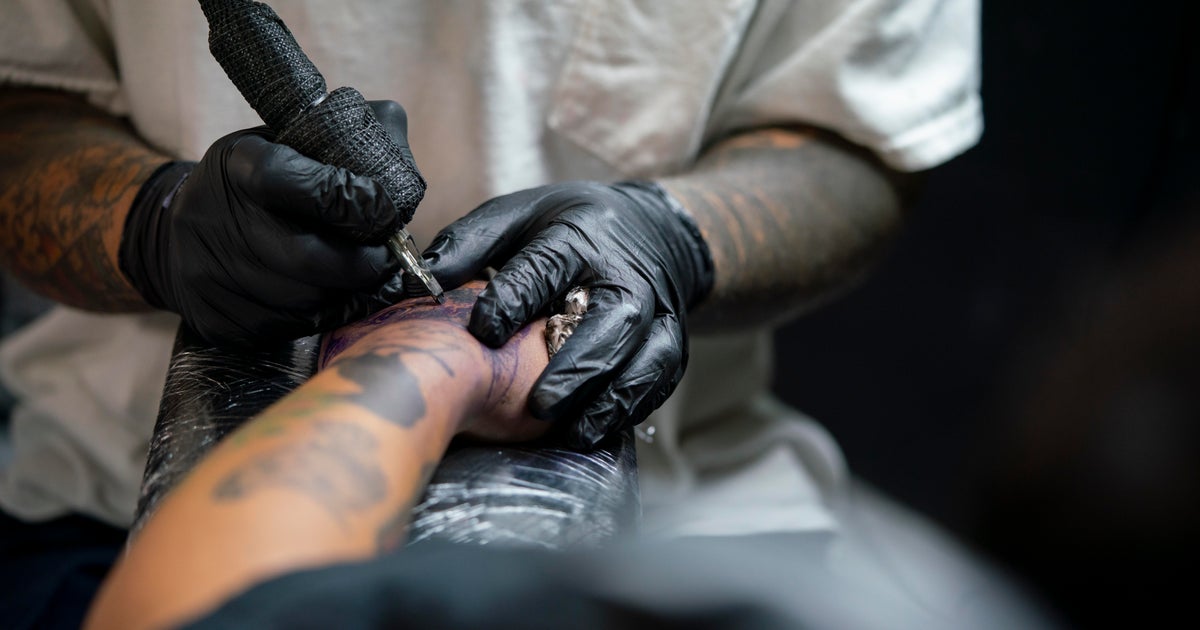MURRAY — A new 167-pound piece of medical equipment has given Sophie Hansen a chance to live again.
“My journey with liver disease started when I was 3 years old,” the 22-year-old said.
Hansen, from Bountiful, has primary sclerosing cholangitis, a chronic, incurable liver disease. When her health started to decline at age 11, her best shot at life was a liver transplant — she spent four years waiting to get one.
After the transplant, she traveled around the world and started a job as a researcher in the transplant department at Primary Children’s Hospital and Intermountain Health.
“This organ allowed me to live an amazing life as a teenager,” Hansen said. But it didn’t last. Her liver disease came back, even faster and more aggressive than before, and she was back on a transplant waiting list not sure how much time she had.
“It’s either a transplant or dying,” said Dr. Richard Gilroy, Intermountain Health’s liver transplant medical director. “We tend not to list people who are going to get better.”
This time on the waiting list was different, Hansen said. Instead of four years, she only had to wait 33 days for a transplant.
The difference wasn’t her health or a sudden uptick in donors — it was Intermountain Health’s new OrganOx. The machine maintains donated livers in a “near-physiological state outside the body,” according to a press release.
OrganOx works by keeping the liver at body temperature and pumping oxygenated blood, antibiotics and sugars through it, in the same way a healthy body would. In these conditions, the organ can be safely maintained for up to 24 hours, versus the mere six hours organs typically have when stored on ice.
The machine also assesses the viability of particular livers. Some livers, which would never have been previously considered for donation, now make the cut.
In a clinical trial, preservation with the machine resulted in 50% fewer discarded organs compared to static cold storage and 20% more transplanted livers, according to OrganOx’s site.
With this machine, Intermountain Health has the shortest wait times in the nation for a liver transplant — most patients wait just 22 days.
“This is potentially life-changing for the thousands of patients on the national waiting list for a liver transplant, and the more than a thousand patients a year who die waiting for a liver to become available,” Gilroy said.
On Feb. 13, Hansen got her second transplant. Today, she’s a senior at the University of Utah studying liver transplantation. She likes hiking and spending time with friends, and just two weeks ago, her first research paper was published.
“I’ve had the chance to live again, two separate times,” Hansen said.
OrganOx doesn’t just give people second chances — it improves their chances. Patients with a liver preserved by the machine spend less time in the operating room and hospital, Dr. Jean Botha said. It also creates access to transplants for patients who were previously too far away to get them.
Plus, Gilroy added, the machine could improve medical staff performance. Previously, all transplants were performed between 9 p.m. and 6 a.m., usually at the end of a long day for surgeons. OrganOx allows staff to schedule transplants at optimal hours, instead of racing against the clock.
“I think we have reached a new dawn in organ transplantation,” Botha said.

Dr. Debi Johnson is a medical expert and health journalist dedicated to promoting well-being. With a background in medicine, she offers evidence-based insights into health trends and wellness practices. Beyond her reporting, Dr. Debi enjoys hiking, yoga, and empowering others to lead healthier lives.








